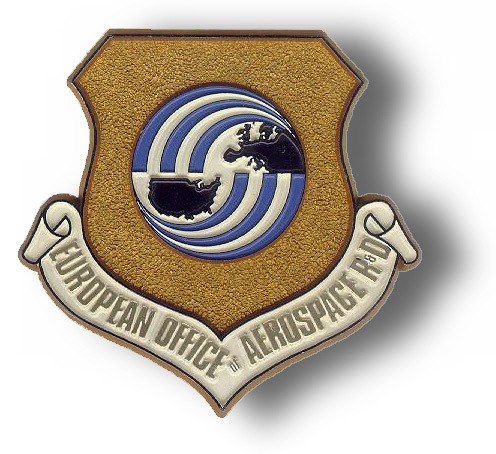Systematic validation of the ASBM in aerodynamic flows
Sponsor
US-ASBM project is supported by the US Army International Technology Center and the US Air Force European Office of Aerospace Research and Development
Overview
The main objective of the proposed project is to carry out a systematic validation of the ASBM in aerodynamic flows that have traditionally challenged RANS closures in order to assess its longer term potential for incorporation in aerodynamic design codes. The model is mature enough to warrant this validation, but as a young model that has not been extensively tested by the wider community, it is still open to refinements and improvements.
The basic benchmark case is that of a turbulent flow over a 2D bump given by a modified “Witch of Agnesi” profile. Then, we evaluate ASBM aspects by carrying out computations of a turbulent flow over the VR-7 rotorcraft airfoil for the following advanced cases: (i) 2D steady attached flows and 2D unsteady attached flow, and (ii) unsteady static and dynamic stall. Endly, we consider a standard benchmark case involving the investigation of separation control for flow over the wall-mounted hump in the shape of a “Modified Glauert-Goldschmied” hill, which is a nominally 2D case, either by applying active control via steady suction through a slot (controlled case) or without any flow-control purposes (uncontrolled case).
All the 2D configurations have been selected so as to allow the validation of the model in aerodynamically relevant configurations and, in parallel, the further refinement of fundamental aspects of the model. In addition to testing and improving the physics content of the model, a common thread in all validation cases that are to be considered, will be the optimization of the numerical implementation of the ASBM for efficiency, stability and speed of convergence.
Animation-Simulation
Simulation of airflow over a VR-7 airfoil.





